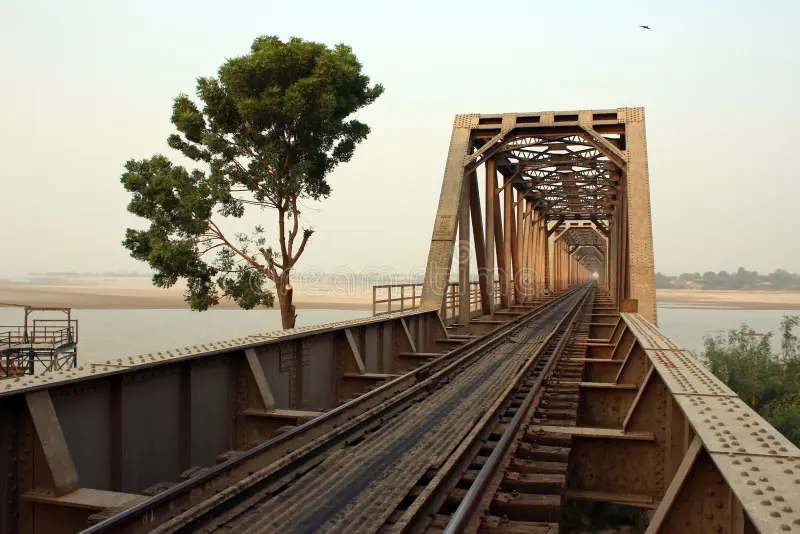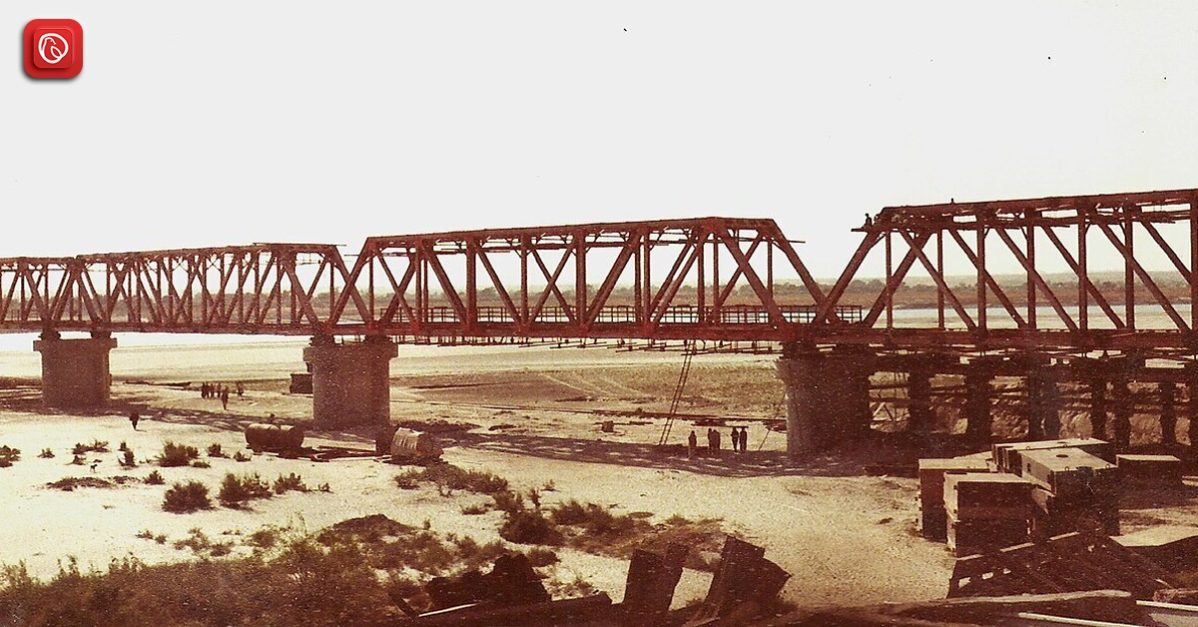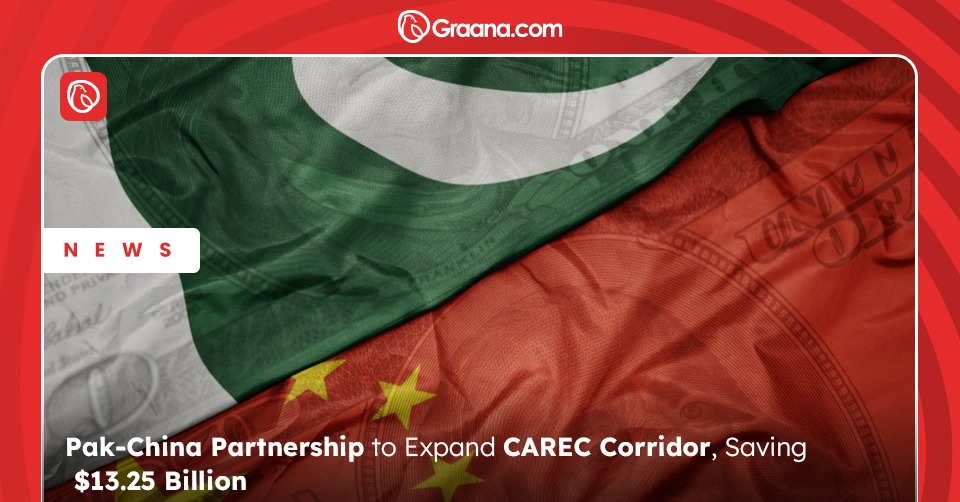Kotri Bridge, also known as Ayub Bridge, is a marvel of modern engineering that spans the Indus River in Sindh. It is the longest bridge in Pakistan and one of the largest in Asia, with a length of 5,033 feet (1,534 metres) and a width of 40 feet (12 metres).
The bridge connects the cities of Hyderabad and Jamshoro, and it has played a significant role in the development of the region since its construction. Graana.com provides a detailed overview of Kotri Bridge below.
History of Kotri Bridge
The British Raj decided to build the bridge over the Indus River in the early 1900s. However, due to the difficult terrain and lack of technological advancements, the project remained dormant for several years. It was not until the 1960s that the government of Pakistan, under President Ayub Khan, took up the project as a part of its developmental program. The construction of the bridge began in 1962 and was completed in 1968.
Design and Construction

Engineers designed Kotri Bridge as a cantilever truss bridge, a type supported by a series of triangular structures. The bridge features eight spans, each spanning 163 meters, and relies on support from two substantial concrete piers and two smaller steel towers. Its deck comprises a reinforced concrete slab, supported by steel trusses crafted from American and British steel.
Constructing the bridge posed a formidable challenge due to the area’s susceptibility to earthquakes and floods. The engineers used several innovative techniques to make the bridge earthquake-resistant, such as building flexible joints between the trusses and the piers. They also installed a sophisticated system of sensors and alarms that can detect even the slightest vibrations and movements in the bridge.
The construction of the bridge was completed in six years at a cost of around Rs. 465 million. It involved the collaboration of several international engineering firms, including Freeman Fox and Partners of the United Kingdom and Davy Corporation of the United States. The bridge was inaugurated on May 22, 1968, by President Ayub Khan, and it was named after him.
Impact on the Region
Kotri Bridge has had a significant impact on the economy and development of the region. Before its construction, the only means of crossing the Indus River were ferries, which were slow and unreliable. The bridge has reduced the travel time between Hyderabad and Jamshoro from several hours to just a few minutes. It has also improved the connectivity of the region with the rest of the country, allowing for the smooth movement of goods and people.
The bridge has also facilitated the development of several industries in the region, such as agriculture, mining, and manufacturing. It has provided easy access to markets for farmers, allowing them to transport their products quickly and efficiently.
It has also allowed mining companies to transport their raw materials to processing plants without any hassle. Similarly, the manufacturing sector has benefited from the bridge, as it has provided them with access to a larger pool of labour and customers.
Challenges
One of the most significant issues involving Kotri Bridge is its maintenance. Extreme weather conditions, such as floods, earthquakes, and high winds, expose it to potential structural damage. The authorities have to conduct regular inspections and maintenance to ensure the safety of the bridge.
Over the years, the traffic on the bridge has also increased significantly, leading to congestion and accidents. To overcome this challenge, the government of Pakistan has proposed the construction of a new bridge adjacent to Kotri Bridge.
The Hyderabad-Sukkur Motorway will be part of the China-Pakistan Economic Corridor (CPEC) project, which aims to connect Gwadar Port in southwestern Pakistan to China’s northwestern region of Xinjiang. The motorway will be a six-lane expressway that will run parallel to the Kotri Bridge and will have a separate lane for heavy vehicles.
The new bridge will not only provide additional capacity for traffic but will also offer several other benefits. It will reduce the burden on Kotri Bridge, which will help in trimming down the maintenance costs and extend its lifespan. The new bridge will also facilitate the transport of goods and people, which will boost the economic growth of the region.
Kotri Bridge is a landmark project that has played a crucial role in the development of the region. Its construction was a significant milestone in Pakistan’s history, and it has provided countless benefits to the locals.
However, as with any infrastructure project, the bridge has faced several challenges over the years, such as maintenance and increasing traffic. The proposed construction of the Hyderabad-Sukkur Motorway is a step in the right direction to overcome these challenges and ensure the safe and efficient movement of goods and people for years to come.
For more related information, follow Graana.com.




